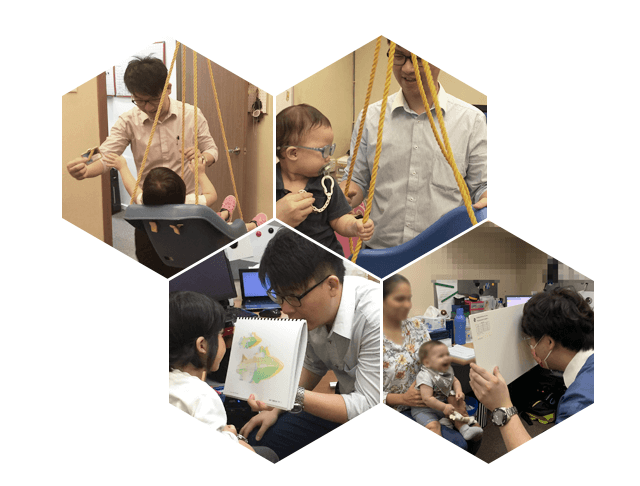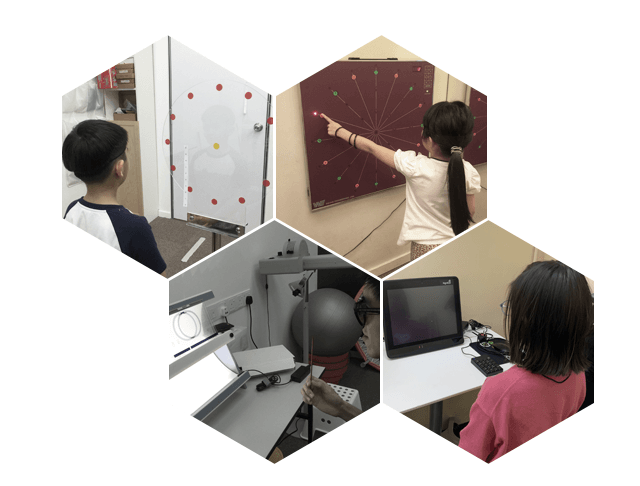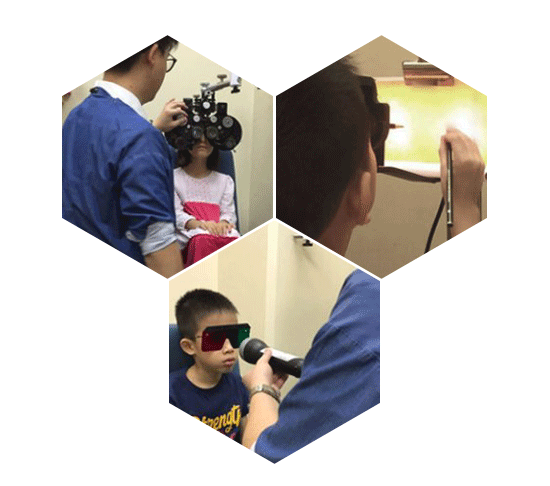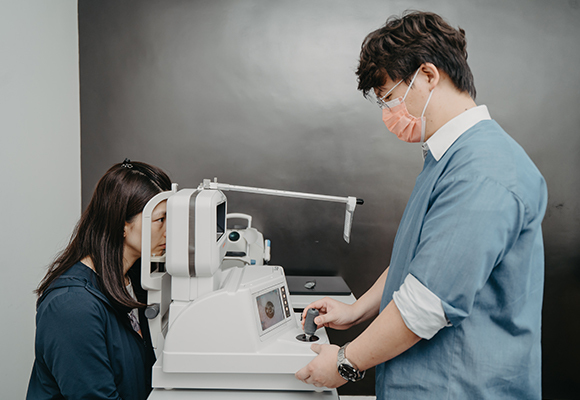
Visual perception and function are critical for a child's development. They are essential in interpreting the world around them and in helping them to learn and grow. However, when vision perception and function are compromised, it can have a significant impact on a child with global developmental delay (GDD) (American Optometric Association, 2021).
Global developmental delay is a condition that affects children from birth and can persist into adulthood. It is a term used to describe a delay in two or more areas of a child's development, including cognitive, motor, speech and language, and social and emotional development (National Institute of Child Health and Human Development, 2021).

Visual perception and function are vital components of a child's development. They include the ability to see, track, and interpret visual information, such as colors, shapes, depth, and distance. When these functions are not functioning correctly, a child may struggle with comprehension, understanding spatial relationships, and making sense of the world around them (American Optometric Association, 2021).
For example, a child with visual perception and function problems may have difficulty with depth perception, making it challenging to move around in their environment and interact with others. They may also have difficulty with tracking and focusing on objects, leading to difficulty in reading and writing. These difficulties can ultimately lead to delays in cognitive, motor, and social development, contributing to GDD (American Optometric Association, 2021).

Parent or teacher usually would like a child to be “focus” or attention more in academic or work, but they may not link it can be a HUGE lacking in visual development. Visual development is like child development together, for example, an 8-year-old child needs to sit down, copying things from the board, all of which require a stable vision skill and developed well on read to learn.
Furthermore, children with visual perception and function problems may struggle with concepts such as cause and effect, time, and space. They may struggle with tasks that require them to coordinate their visual and motor skills, such as catching a ball or riding a bike. This can lead to a delay in motor development, which can further contribute to GDD (American Optometric Association, 2021).
Early detection and intervention are crucial in addressing visual perception and function problems that can contribute to GDD. Children with GDD may require multidisciplinary care, including occupational therapy, speech therapy, and physical therapy. They may also require vision therapy, which is a specialized treatment designed to improve visual function and perception (American Optometric Association, 2021).

Vision therapy can include activities that help the child to improve their visual tracking, focusing, and depth perception. It can also include exercises that help the child to develop their visual-motor integration skills, such as hand-eye coordination. Through these activities, children with visual perception and function problems can improve their ability to learn, interact with others, and perform daily tasks (American Optometric Association, 2021).
In conclusion, vision perception and function play a crucial role in a child's development, and when compromised, can contribute to global developmental delay. Early detection and intervention are key in addressing these issues and preventing further delays in cognitive, motor, and social development. Through multidisciplinary care, including vision therapy, children with GDD can improve their visual perception and function, leading to improved overall development and quality of life (National Institute of Child Health and Human Development, 2021; American Optometric Association, 2021).


